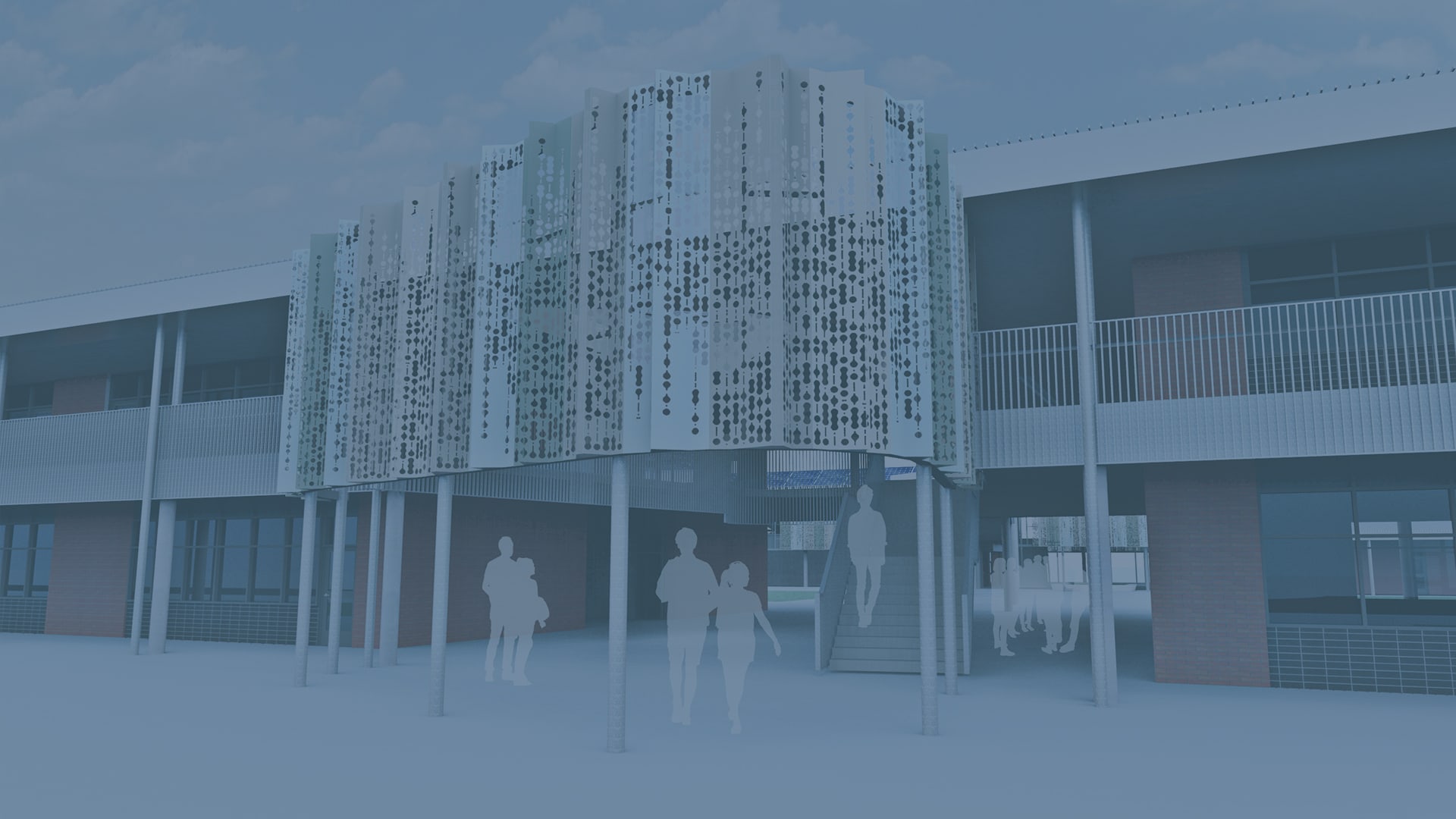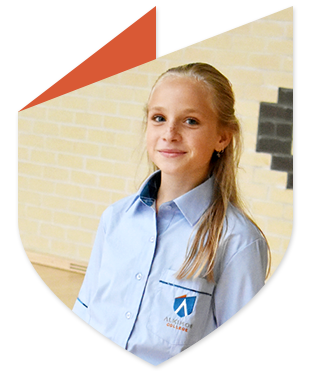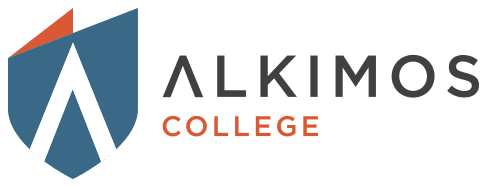
Health And Physical Education
Alkimos College
In Health and Physical Education, students learn how to enhance their own and others’ health, safety, wellbeing and physical activity participation in varied and changing contexts.
Integral to Health and Physical Education is the acquisition of movement skills, concepts and strategies to enable students to confidently, competently and creatively participate in a range of physical activities in various contexts and settings. Students learn about how the body moves; how to approach and resolve challenges; how to optimise movement performance; and the benefits of physical activity to themselves, others and communities. Through movement in a variety of contexts and settings, students acquire, practise, manage and refine personal, interpersonal, social and cognitive skills.
Through Health and Physical Education, students learn how to enhance their health, safety and wellbeing and to contribute to building healthy, safe and active communities. It provides opportunities for students to develop skills, self-efficacy and dispositions to advocate for, and positively influence, their own and others’ health and wellbeing.
Aims
The Western Australian Curriculum: Health and Physical Education aims to develop the knowledge, understanding and skills to enable students to:
- access, evaluate and apply appropriate information and resources to take positive action to protect, enhance and advocate for their own and others’ health and wellbeing across their lifespan
- develop and use skills and strategies to promote a sense of personal identity and wellbeing, and to build and manage respectful relationships
- acquire, apply and evaluate movement skills, concepts and strategies to respond confidently, competently and creatively in a variety of physical activity contexts and settings
- engage in and enjoy regular movement-based learning experiences and understand and appreciate their significance to personal, social, cultural, environmental and health practices and outcomes
- analyse how varied and changing personal and contextual factors shape their understanding of, and opportunities for, health and physical activity locally, regionally and globally.
Content Structure
The Health and Physical Education curriculum comprises two strands: Personal, social and community health; and Movement and physical activity. The content in each strand is organised under three interrelated sub-strands Personal, social and community health, Movement and physical activity and Attitudes and values).
At Alkimos College our students work together to foster creativity and innovation to create empowered individuals. We provide a safe and inclusive environment where ‘hands on’ and ‘minds on’ learning experiences are embedded in everyday college life. Our staff and students strive for excellence and grow with our community to cultivate a culture of high quality teaching and learning.
Year 7 Syllabus
In Year 7, the content expands students’ knowledge, understanding and skills to help them achieve successful outcomes in personal, social, movement and online situations. They learn how to take positive action to enhance their health, safety and wellbeing by applying problem-solving and effective communication skills, and through a range of preventive health practices.
Students continue to develop and refine specialised movement skills and focus on developing tactical thinking skills in a range of contexts and applying them to physical activities. They have opportunities to analyse their own and others’ performance using feedback to improve body control and coordination. They learn about health-related and skill-related components of fitness and the types of activities that improve individual aspects of fitness. The application of fair play and ethical behaviour continues to be a focus for students as they consider modified rules, scoring systems and equipment, which allows participants to enjoy physical activities and experience success. They begin to link activities and processes to the improvement of health and fitness.
The Health and Physical Education curriculum provides opportunities for students to develop, enhance and exhibit attitudes and values that promote a healthy lifestyle.

